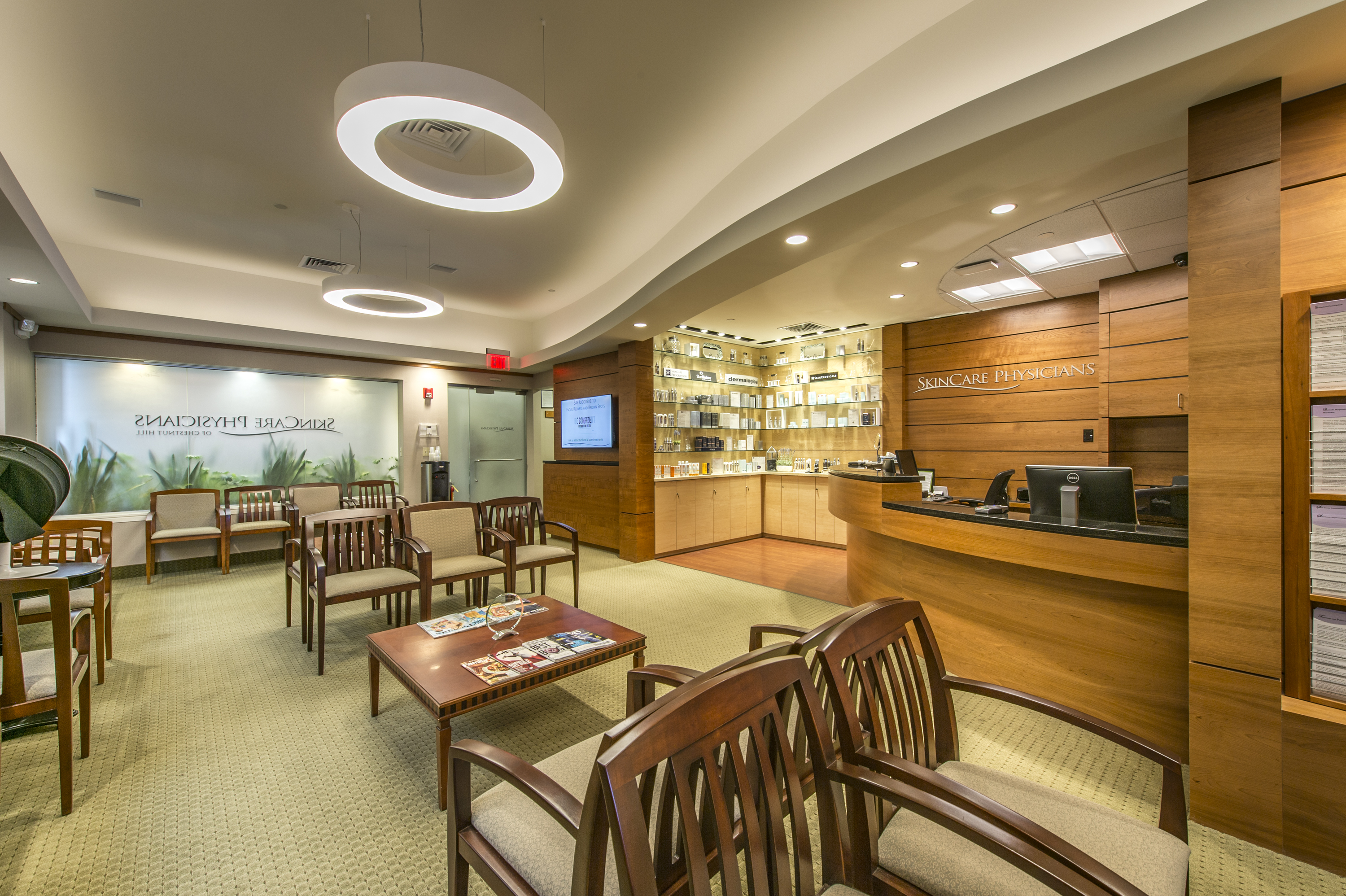- Home
- Blog
- Practice News
- Tips for using HMOs and essential facts
Tips for using HMOs and essential facts
 HMOs (health maintenance organizations) have a penetration rate of 34.5% in Massachusetts, the fourth highest in the United States, according to the Kaiser Family Foundation. Here at SkinCare Physicians, 43% of our patients are covered by an HMO insurance plan. This post explains the common characteristics of HMOs and offers valuable tips to ensure a worry-free visit at your specialist office.
HMOs (health maintenance organizations) have a penetration rate of 34.5% in Massachusetts, the fourth highest in the United States, according to the Kaiser Family Foundation. Here at SkinCare Physicians, 43% of our patients are covered by an HMO insurance plan. This post explains the common characteristics of HMOs and offers valuable tips to ensure a worry-free visit at your specialist office.
What HMOs have in common
There are several different types of HMOs, but they all share the following few characteristics:
- The role of the primary care physician (PCP): Members select a primary care physician (PCP) to coordinate all of their health care needs. Whenever you need to see a specialist you must go to your PCP first and obtain a referral. This can be a time consuming process, and you need to make sure your referral is at your specialty office prior to being seen. One huge advantage, if you have several health issues, is that your PCP is managing them for you and you can be certain you are pursuing the correct health care measures.
- The HMO network: Members of HMOs are also confined to a list of physicians and hospitals that make up the HMO network. If you select a specialist from this list you stay ‘in-network’ and, as long as you obtain your referral, your expenses are covered. If you wander off this list, you are considered ‘out of network’, and your expenses will not be covered.
- The co-payment: There is a co-payment associated with HMOs. The amount is usually listed on the insurance card and is paid at time of service.
- The deductible: Depending on your HMO policy, your plan may have deductibles. A deductible is a fixed amount of money you have to pay before you can enjoy the benefits of your policy.
Tips for using your HMO insurance
To smooth the process of seeing your specialist, such as your dermatologist at SkinCare Physicians, and have a worry-free visit, follow the simple tips below.

- Be familiar with the rules of your HMO.
- Book, and keep, your annual PCP appointment.
- Update your demographic and insurance information with your PCP and Specialty office.
- Bring your card with you to all physician appointments.
- Make sure your HMO has the correct PCP name on your card.
- Allow your PCP 7 to 14 days to process your referral request.
- Call your specialty office prior to your visit to confirm they have received your referral.
HMO insurances can be confusing at first, but once you know how they work, visiting your doctor’s office is easy. For further advice on how to best prepare for your next visit at Skincare Physicians, go to our website.



Leave a Reply